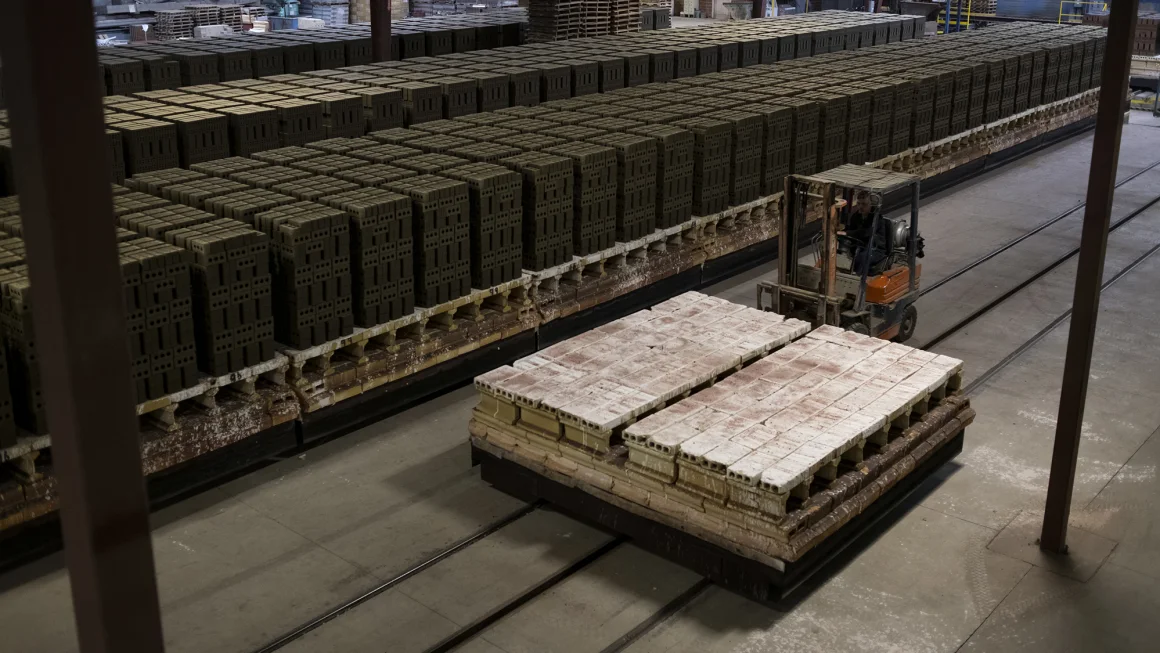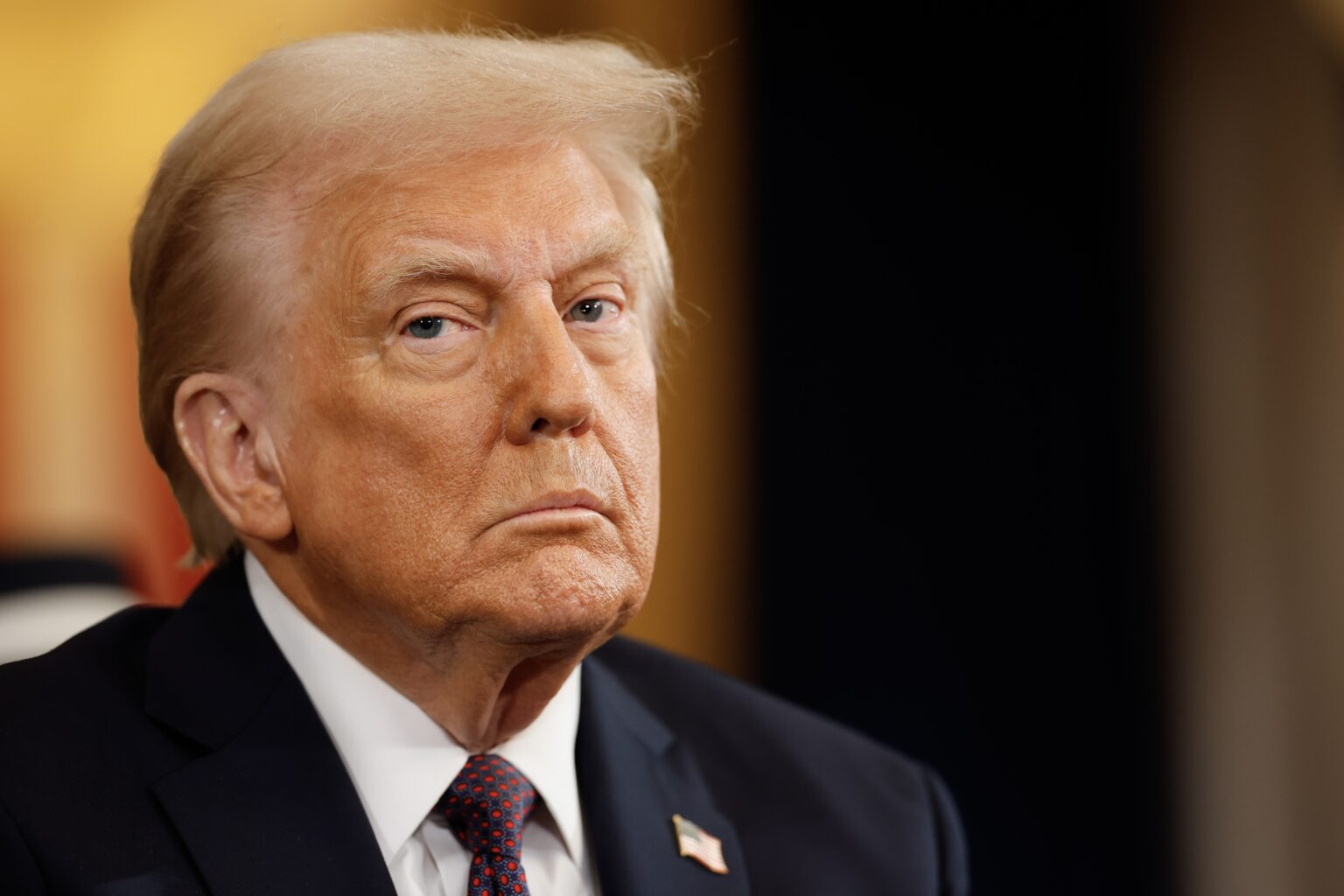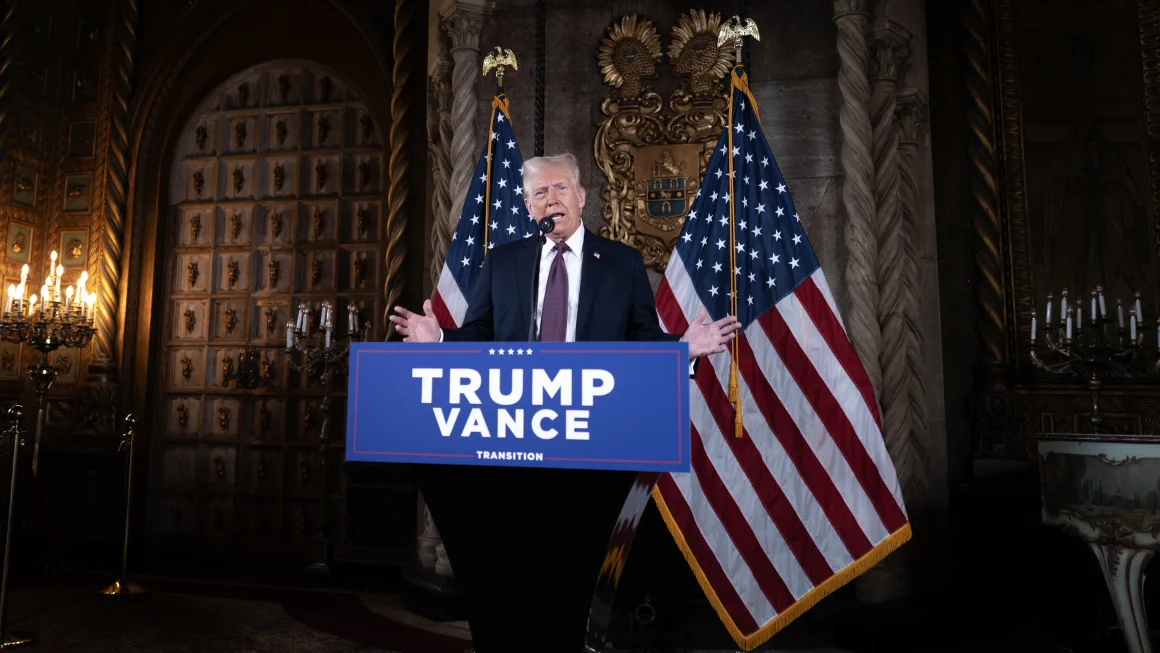When Barack Obama took office in January 2009, the U.S. economy was in turmoil with rising unemployment, plummeting markets, and a housing crisis. In stark contrast, Donald Trump begins his second term with a far healthier economy, even as he pushes for dramatic reforms.
The unemployment rate ended 2024 at a low 4.1%, a level only surpassed by the economies inherited by George W. Bush in 2001 and Richard Nixon in 1969. Despite ongoing concerns about the cost of living and inflation risks, the U.S. economy remains solid, with job growth, rising wages, and better-than-expected overall performance.
“The president is inheriting a very healthy economy,” said David Kelly, chief global strategist at JPMorgan Asset Management.
Uncertainty Clouds Economic Outlook
However, Trump’s sweeping policy agenda is introducing a high degree of uncertainty. This isn’t unusual during a transition of power, but Trump has amplified it with an aggressive start to his term. On his first day back in the White House, he signed executive orders on energy, immigration, and federal governance, signaling his intent to reshape the economy.
He has pledged massive tariffs, significant deregulation, and tax cuts for businesses and individuals. Yet economists caution that uncertainty itself can hinder economic growth. “Uncertainty is a tax on the economy,” Kelly said. “In managing an economy, clarity is key; without it, businesses and consumers may delay decisions, slowing growth.”
The Tariff Question
Trump’s trade policies remain a major question mark. He announced plans for 25% tariffs on Canada and Mexico starting February 1, but no executive order has yet been signed. His broader tariff plans also remain vague, leaving businesses and global partners in limbo.
Countries like Canada have already vowed retaliation, which could escalate trade tensions. While Trump has promised to protect American workers, economists warn that tariffs often lead to higher prices for U.S. consumers, as importers pass on costs.
The Cost of Living Conundrum
Trump faces significant pressure to address rising costs. Households are spending an average of $1,213 more monthly on goods and services compared to January 2021, according to Moody’s Analytics. Although wages have grown slightly faster than inflation, many Americans still struggle to keep up.
While Trump has vowed to bring prices down, economists remain skeptical. Lowering prices significantly would likely require drastic economic downturns. “The only way to return to pre-pandemic price levels is through a depression,” Kelly noted. Trump himself has admitted the difficulty of reversing price increases but remains confident in his approach.
Adding to inflationary concerns are Trump’s proposed tariffs and immigration policies. Higher import taxes could further raise prices, while mass deportations could disrupt industries reliant on immigrant labor, such as agriculture and construction.
A Strong Starting Point
Despite these challenges, the U.S. economy enters 2025 in a strong position. Inflation has moderated, though it remains above the Federal Reserve’s target, and markets continue to reach new highs, fueled by investments in Big Tech and artificial intelligence.
“The U.S. economy is on firm footing,” said Torsten Slok, chief economist at Apollo Global Management. “We’re more concerned about the risks of overheating and inflation than a downturn.”
Ultimately, Trump’s economic legacy may hinge less on reversing price increases and more on sustaining real wage growth, a trend that began under President Joe Biden. If wages continue to outpace inflation, more Americans could adjust to higher costs and feel optimistic about their financial futures.














